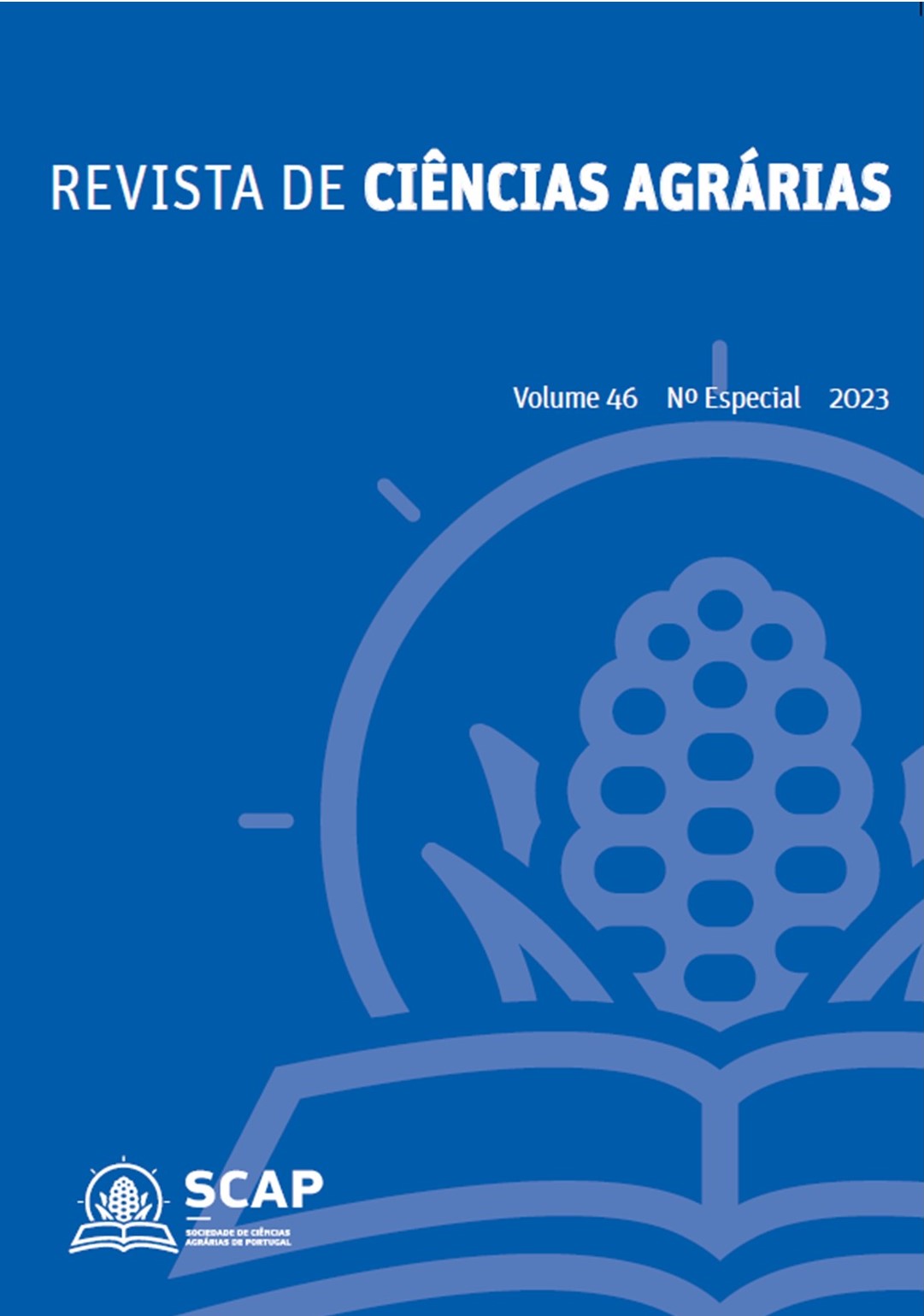Use of mining residues in association with herbaceous legumes and bio-waste compost for recovery of degraded soils
DOI:
https://doi.org/10.19084/rca.33908Abstract
To improve low-cost soil recovery technologies and to minimize the environmental impacts generated by the disposal of urban and industrial waste, society has been committed to developing research aimed at using waste, such as food waste and waste. minerals. This study aimed to evaluate the vegetative growth of Crotalaria juncea and Canavalia ensiformis, in different proportions of mining residue (iron mining or ornamental rock processing) and bio-waste compost (vegetable leaves, vegetable peels and fruits and dry tree leaves). The proportions were 100/0%, 75/25%, 50/50%, 25/75% and 0/100% mine waste or rock processing/bio-waste compost, respectively. The vegetative development of Crotalaria juncea was favored in the proportions of 25/75%, 50/50% and 75/25% of residues from rock processing/bio-waste compost respectively, for height and diameter of the plant and fresh matter of the part aerial; while for Canavalia ensiformis, for the same parameters, the dose was 25/75% iron mine waste/bio-waste compost. However, the exclusive use of mine waste has not proven viable.


